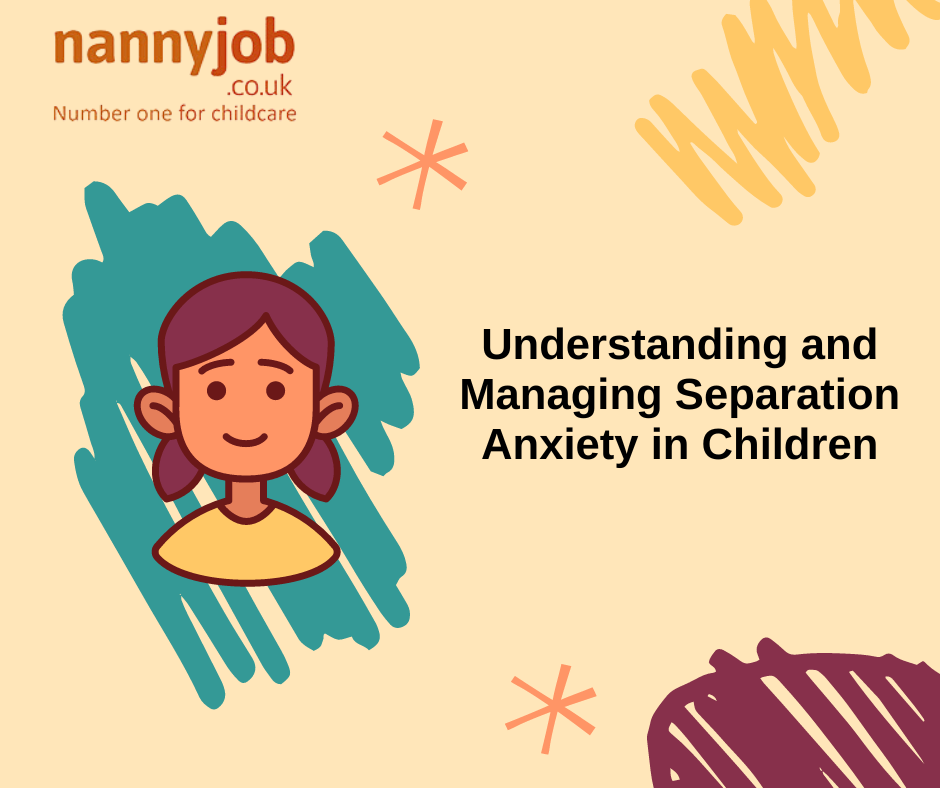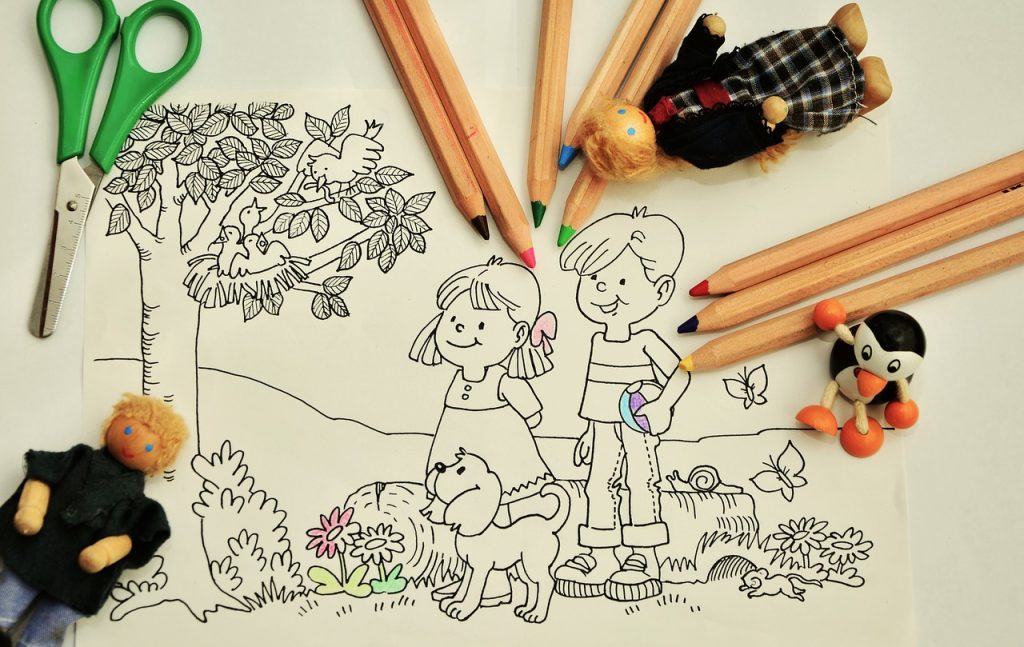Introduction
Looking for the best outdoor play areas for children in the UK? Whether you’re a parent, nanny, or caregiver, finding the perfect nature trail, park, or adventure playground can transform a regular day out into a fun-filled adventure!
From iconic parks in London to hidden gems in Manchester and Edinburgh, the UK is home to fantastic outdoor spaces that encourage imaginative play, physical activity, and a love for nature.
In this guide, we’ve rounded up some of the best outdoor play areas across the UK—perfect for weekend adventures, school holidays, or just a fun afternoon outdoors!
Best Outdoor Play Areas in the UK


- Inspired by Peter Pan, this magical playground features a giant wooden pirate ship, sandy beaches, and tepees.
- Best for: Imaginative play, sand play, and adventure seekers.


- One of the largest parks in Europe, featuring wooden climbing structures, slides, and a mini farm.
- Best for: Kids who love climbing, exploring, and animal encounters.


- A beautiful play area with swings, climbing nets, and a huge sandpit—all set in an open green space.
- Best for: Families looking for a scenic, spacious play area with picnic spots nearby.


- A mix of natural play features, woodland trails, and a castle-themed adventure playground.
- Best for: Kids who love fantasy play and exploring nature.


- A beautiful countryside escape just outside Birmingham, with forests, walking trails, and a playground.
- Best for: Nature walks, climbing, and outdoor learning experiences.


- A traditional-style playground set near a stunning lake with boat rides and duck feeding.
- Best for: Families looking for a peaceful day outdoors with plenty of activities.
Why Outdoor Play is Essential for Kids

- Running, climbing, and jumping help develop motor skills and coordination.

- Nature-based play and adventure playgrounds spark creativity and problem-solving skills.

- Outdoor play reduces stress, improves mood, and builds resilience in children.

- Being outdoors teaches children about the environment and encourages a love for wildlife.
Top Tips for a Great Outdoor Play Experience




Conclusion
The UK is full of amazing outdoor play areas that offer fun, adventure, and learning for children of all ages. Whether you’re looking for imaginative playgrounds, scenic parks, or action-packed adventure trails, there’s a perfect spot for every family.

Let’s get outside, explore, and enjoy the magic of outdoor play!


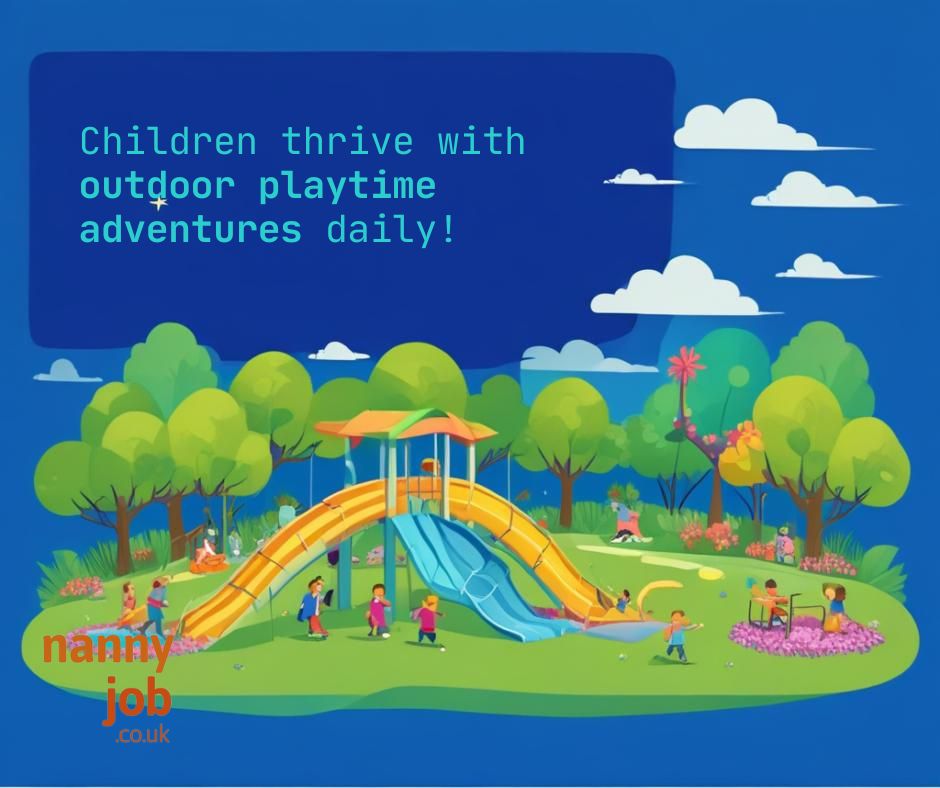

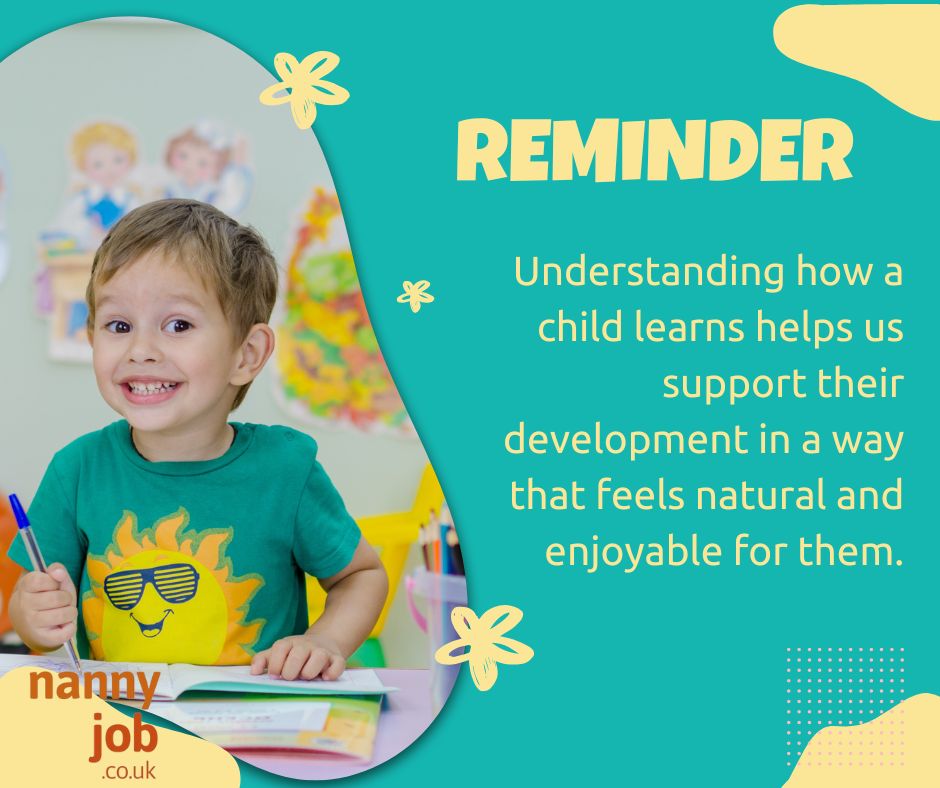
 1. Visual Learners – Learning Through Seeing
1. Visual Learners – Learning Through Seeing 2. Auditory Learners – Learning Through Listening
2. Auditory Learners – Learning Through Listening 3. Kinaesthetic Learners – Learning Through Doing
3. Kinaesthetic Learners – Learning Through Doing Observe the Child’s Natural Interests
Observe the Child’s Natural Interests Mix and Match Learning Styles
Mix and Match Learning Styles Adapt Daily Routines to Support Learning
Adapt Daily Routines to Support Learning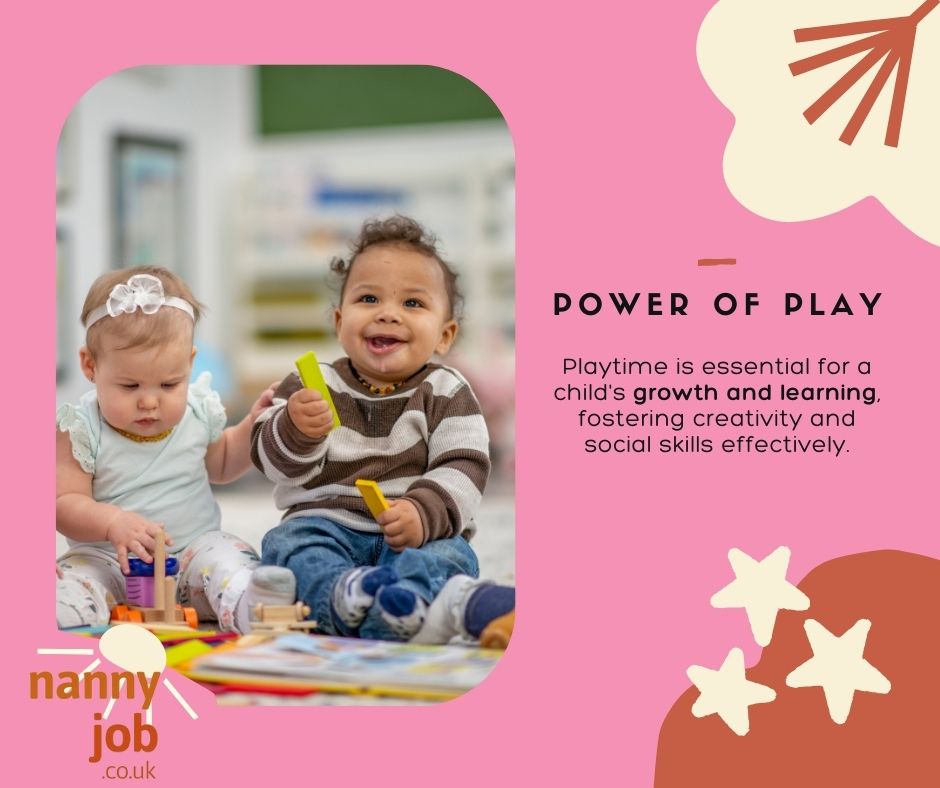
 2. Social and Emotional Growth – Learning to Interact
2. Social and Emotional Growth – Learning to Interact Sensory Play
Sensory Play Role Play & Imaginative Play
Role Play & Imaginative Play Building & Problem-Solving Games
Building & Problem-Solving Games Limit Screen Time: Encourage hands-on, active play rather than passive entertainment.
Limit Screen Time: Encourage hands-on, active play rather than passive entertainment. Join In! Engaging in play with children strengthens relationships and provides valuable learning experiences.
Join In! Engaging in play with children strengthens relationships and provides valuable learning experiences.
